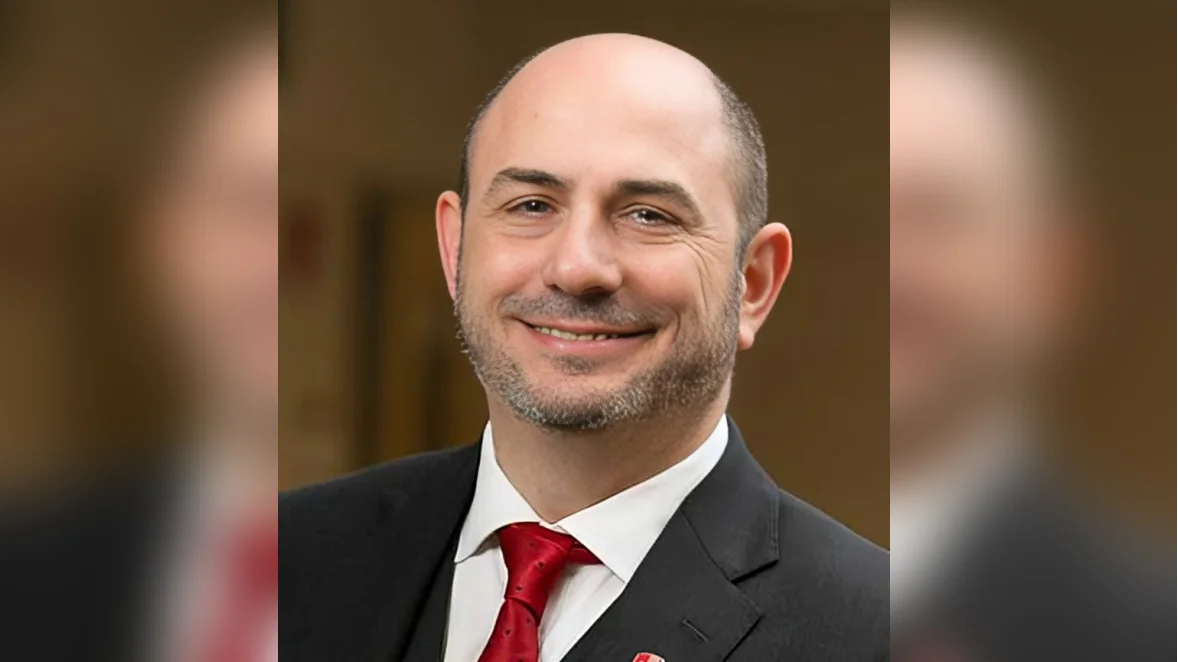Carl Lejuez Provost | Stony Brook University
Carl Lejuez Provost | Stony Brook University
A team of researchers at Stony Brook University is working on a new method to analyze breast cancer imaging using mathematical modeling and deep learning. Led by Chao Chen, associate professor, and Prateek Prasanna, assistant professor, both from the Department of Biomedical Informatics, the initiative aims to improve disease diagnosis and create treatment plans based on biomarker imaging and modeling findings.
The research focuses on understanding breast tissue architecture and its changes over time. Breast tissue consists of various cell types such as epithelial and adipose cells, with composition directly affecting tumor pathogenesis. High breast density can be a risk factor for breast cancer, but the complexity and changing architecture of breast tissue often make subtle changes hard to detect through standard imaging.
To address these challenges, Chen and Prasanna are developing "TopoQuant," a suite of informatics tools built on advanced mathematical modeling and machine learning. The goal is to analyze the structural complexity of breast parenchyma in collaboration with clinicians at Stony Brook Medicine. TopoQuant aims to uncover intricate changes in tissue architecture that occur during cancer pathogenesis, disease progression, and radiation treatment.
Supported by a four-year $1.2 million grant from the National Cancer Institute (NCI), running through August 2028, both researchers are also affiliated with the Stony Brook Cancer Center’s Imaging, Biomarker Discovery, and Engineering Sciences Research Division.
“This research will offer new insights into how structural changes in breast tissue can influence cancer screening and treatment outcomes,” said Chen. “Topology is the area of mathematics that studies structures. By incorporating topology with deep learning in a seamless fashion, we can develop novel algorithms to capture structural changes in ways that were previously difficult with traditional techniques such as textural radiomics, potentially leading to better predictive models and treatment strategies.”
According to the researchers, existing machine learning-driven tools used by cancer imaging researchers lack interpretability or explanatory capacity. In contrast, TopoQuant will provide clinicians with quantitative evidence of changes in breast tissue architecture related to cancer risk and treatment response.
Preliminary findings published in 2021 demonstrated the efficacy of one informatics tool in predicting patient responses to neoadjuvant chemotherapy for breast cancer. The results suggested differential topological behavior between patients who responded favorably to therapy versus those who did not.
“Our prediction models will be unique in that they do not rely on traditional post-hoc interpretation but ensure interpretability by design,” explained Prasanna. “The research is intended to not only benefit breast cancer diagnosis and treatment but will also have broader applications in fields like neuroscience. Therefore, we are excited about the cross-disciplinary collaborations this project will foster and the new avenues it will open for medical imaging research.”
Other collaborators include Alexander Stessin from Radiation Oncology; Wei Zhao from Radiology; and Haibin Ling from Computer Science within CEAS.






 Alerts Sign-up
Alerts Sign-up